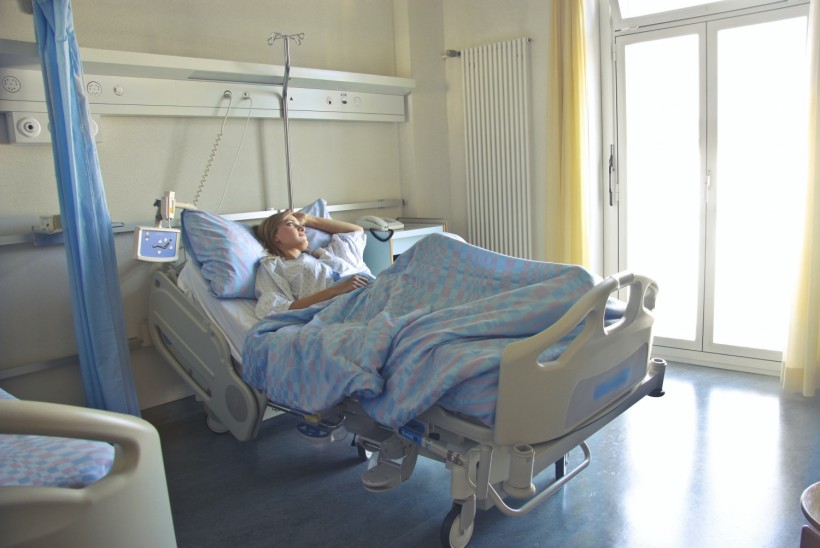A team of international researchers led by Dr Tali Ilovitsh from the Biomedical Engineering Department of the Tel Aviv University have just developed a novel non-invasive technology platform catering to gene delivery into breast cancer cells.The technique combines tumor-targeted microbubbles and ultrasound to explode like targeted warheads which create holes in the membranes of cancer cells, this enables gene delivery.
The two-year study was published in the journal Proceedings of the National Academy of Sciences, titled "Low-frequency ultrasound-mediated cytokine transfection enhances T cell recruitment at local and distant tumor sites."
Cancer Targeting Microbubbles and Ultrasound Technique

During her postdoctoral research Dr Ilovitsh developed the breakthrough novel technology at the lab of Professor Katherine Ferrara at Stanford University. The cancer targeting technique utilized low frequency ultrasounds, around 250 KHz, in order to detonate microscopic tumor-targeting bubbles. In vivo experiments showed 80% cell destruction of tumor cells.
Dr Illovitsh explains that microbubbles are filled with gas, with a diameter one tenth of a human blood vessel. Adding that at specific frequencies and pressures, sound waves cause the microbubbles to act like balloons and pop, these bubbles expand and contract periodically.The novel technique increases the transfer of substances from blood vessels into its surrounding tissues. Together with her team, they discovered that utilizing lower frequencies that previously applied, the microbubbles significantly expanded, until they violently exploded. The team soon realized that the discovery can be used as a springboard for cancer treatments and began to inject the microbubbles directly into tumors, reports The Brighter Side News.
Researchers used tumor-targeted microbubbles attached to membranes of tumor cells at the moment of its explosion and injected them directly into tumors of mouse models.
Breakthrough Cancer Killing Technique
Dr. Ilovitsh explains that roughly 80% of tumor cells were destroyed in the microbubbles' explosion, which was positive all on its own. The targeted treatm, which is both safe and cost-effective, was able to destroy most of the tumor in the models.
On the other hand, the evidence wasn't enough. To prevent the remaining cancer cells from spreading, the team needed to destroy all of the tumor cells. Which is why they injected an immunotherapy gene together with the microbubbles; these act as a Trojan horse and signal the body's immune system to attack the remaining cancer cells.
By itself, the gene will not be able to enter the cancer cells. On the other hand, the gene used by experts is aimed to enhance the immune system of the subject and was co-injected with the microbubbles. Membrane powers formed in the remaining 20% of the tumor cells that survived from the initial explosion of the microbubbles, which in turn allowed the gene to enter the cells.
According to Dr Ilovitsh, they intend to attempt using the breakthrough technology as a non-invasive treatment for brain-related diseases like brain tumors and other neurodegenerative conditions such as Parkinson's and Alzheimer's disease. She explains that the blood-brain barrier does not allow the penetration of medication, however, the microbubbles can temporarily open the barrier, which will enable the arrival of the treatment to the targeted areas without the need for invasive surgical intervention.
RELATED ARTICLE: Neurocognition Associated With Handgrip Strength; Reduced HGS Could Mean Higher Dementia Risk Among Older Adults
Check out more news and information on Medicine & Health in Science Times.



![Sat-Nav in Space: Best Route Between Two Worlds Calculated Using 'Knot Theory' [Study]](https://1721181113.rsc.cdn77.org/data/thumbs/full/53194/89/56/50/40/sat-nav-in-space-best-route-between-two-worlds-calculated-using-knot-theory-study.png)










